Fiber optic connectors are used most often to transmit light by connecting two optical fibers instead of splicing. It is a flexible device that widely used in fiber-optic communications systems. Optical fiber connectors ensure precise connections between the two ends of the fibers so that the optical energy output from the transmitting fiber can be coupled to the receiving fiber to the maximum extent. Better connectors will have little impact on the system due to its involvement. Since the outer diameter of the optical fiber is the only 125um, and the light passing core is smaller. The cores of single-mode fiber are only 9um, and the multi-mode optical fiber has 50um and 62.5um. So it is important to ensure they properly aligned. Let’s see the blew components affect the connector’s performance.
1. Key component: Ferrule
One of the most important main components of fiber optic connectors is ferrule. The quality of the ferrule directly affects the precision connections of the two fibers. Ferrule is usually made of different materials such as ceramic, metal or plastic. Most of the ferrules used in optical connectors are made of ceramic material (zirconia) due to their hardened characteristics, such as good thermal stability, high hardness, high melting point, wear-resistance, and high processing precision. The inner diameter of the ceramic sleeve is slightly smaller than the outer diameter of the ferrule, and the slitted sleeve tightens the two ferrules for precise alignment.
In order to make the end faces of the two fibers better contact, the ends of the ferrules are usually polished into different structures. PC, UPC, and APC are the polish styles of ferrules inside the connectors. PC is Physical Contact. The two end faces are polished to be slightly curved or microspherical, and the fiber core is at the highest point of the bending. This eliminates the air gap and forces the fibers into physical contact. APC is Angled Physical Contact. The end face of APC is usually ground into an 8-degree angle. The 8° angled bevel makes the fiber end face tighter and reflects light through its beveled angle to the cladding instead of returning directly to the source, providing better connection performance. UPC (Ultra Physical Contact) is based on the PC to optimize the end face polishing and surface finish, the end face looks more dome-shaped. Connector connections need to be in the same end face structure, for example, APC and UPC cannot be combined, resulting in poor connector performance.
Basic parameters: insertion loss, return loss
Due to the different ferrule end faces, the performance of the connector loss is also different. The optical performance of fiber optic connectors is primarily measured by two basic parameters: insertion loss and return loss.
So what is the insertion loss? Insertion Loss (“IL”) is the loss of optical power caused by the connection. It is mainly used to measure the optical loss between two fixed points in optical fiber, which is usually caused by the transverse deviation between two optical fibers, the longitudinal gap in optical fiber joints, the end mass, etc. The unit is expressed in decibels (dB). Lower the insertion loss, better the performance. The general requirement should be no more than 0.5dB.
Return Loss (“RL”) refers to the parameter of signal reflection performance. It describes the power loss of optical signal return/reflection. The value is usually expressed in decibels (dB). The larger, the better. The typical RL value of APC connector is about -60db, and that of PC connector is about -30db.
Except for the two optical performance parameters of insertion loss and return loss, there are also other parameters that should be considered including the interchangeability, repeatability, tensile strength and operating temperature of the fiber optic connector.
There are various fiber connector types in the market, such as LC, SC, FC, ST, MU, MT, MPO/MTP and so on. Choosing the appropriate connector for a fiber network depends on things like network design and function.

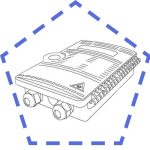 Fiber Optic Termination Boxes
Fiber Optic Termination Boxes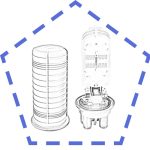 Fiber Optic Splice Enclosures
Fiber Optic Splice Enclosures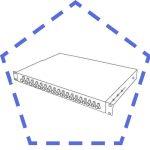 Fiber Patch Panels
Fiber Patch Panels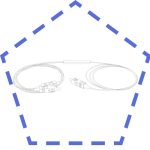 Fiber Optic Splitters
Fiber Optic Splitters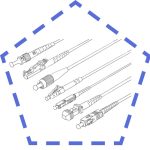 Fiber Optic Pigtails
Fiber Optic Pigtails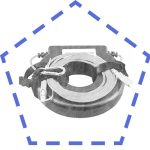 OTDR Launch Cables
OTDR Launch Cables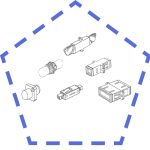 Fiber Optic Adapters
Fiber Optic Adapters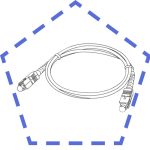 Fiber Optic Patch Cords
Fiber Optic Patch Cords